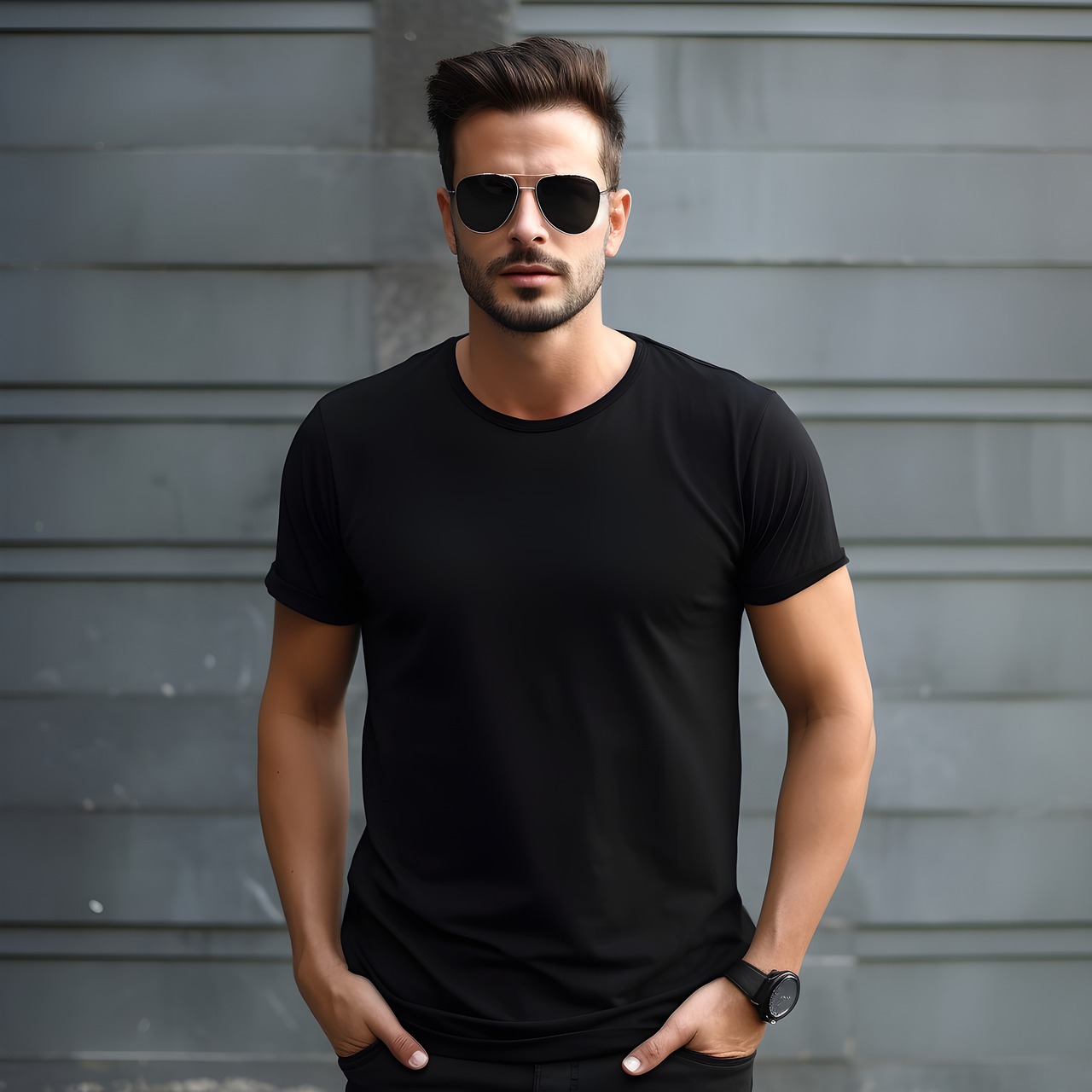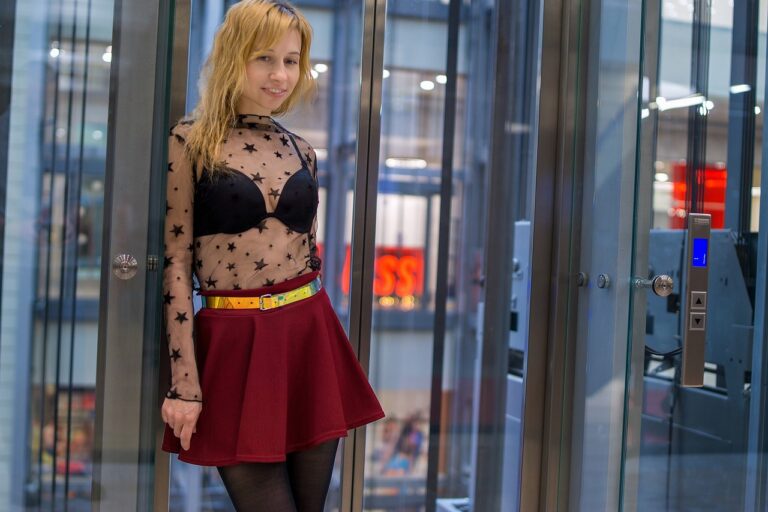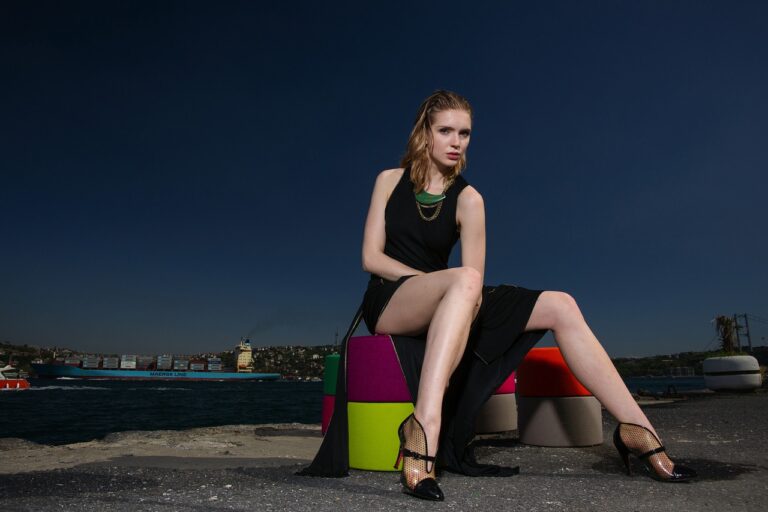Fashion Forecast: Athleisure Trends for Spring/Summer 2025
Athleisure trends have journeyed from being mere gym wear to a staple in everyday fashion. The evolution of athleisure is marked by the seamless integration of functionality and style, catering to the needs of the modern consumer who values both comfort and aesthetics.
The shift towards versatile athleisure pieces that effortlessly transition from the gym to casual outings reflects a larger societal movement towards prioritizing comfort and practicality in fashion choices. Brands have responded to this shift by creating athleisure collections that embrace performance-driven design without compromising on style.
• Athleisure trends have become a staple in everyday fashion, blending functionality and style seamlessly.
• Versatile athleisure pieces are designed to transition from the gym to casual outings effortlessly.
• Modern consumers prioritize comfort and practicality in their fashion choices, driving the evolution of athleisure trends.
• Brands are creating performance-driven athleisure collections that cater to the needs of individuals seeking both functionality and style.
Innovative Fabric Technology
In the realm of athleisure, the role of innovative fabric technology has become increasingly pivotal. The emphasis is now on materials that offer a perfect balance of performance, comfort, and style. Brands are constantly pushing the boundaries of textile advancement to meet the evolving needs of the modern consumer. From moisture-wicking properties to stretchability, fabrics are now designed with meticulous detail to enhance the overall workout experience.
One of the most notable advancements in fabric technology is the incorporation of sustainable materials like recycled polyester and organic cotton. This shift towards eco-friendly textiles reflects a growing awareness of environmental responsibility within the industry. Additionally, the development of anti-bacterial and odor-resistant fabrics has proven to be a game-changer for activewear, ensuring lasting freshness and wearability. Technologies like these are reshaping the athleisure landscape, offering consumers not only functionality but also ethical sensibility in their clothing choices.
Sustainable Design Practices
Sustainable design practices have become increasingly prominent in the fashion industry in recent years. Many brands are now prioritizing eco-friendly materials, ethical production processes, and waste reduction strategies in their designs. This shift towards sustainability is not only beneficial for the environment but also resonates with consumers who are seeking more responsible and transparent brands.
Incorporating sustainable design practices into fashion not only reduces the industry’s carbon footprint but also sets a positive example for other sectors. By utilizing recycled materials, implementing energy-efficient manufacturing techniques, and promoting fair labor practices, brands can showcase their commitment to sustainability and contribute to a more ethical and eco-conscious future for the fashion industry.
What are some examples of sustainable design practices in the fashion industry?
Some examples of sustainable design practices in the fashion industry include using eco-friendly materials, reducing waste in production processes, and implementing recycling programs.
How can innovative fabric technology contribute to sustainable design practices?
Innovative fabric technology can contribute to sustainable design practices by creating materials that are more eco-friendly, durable, and recyclable.
Why is it important for fashion brands to adopt sustainable design practices?
It is important for fashion brands to adopt sustainable design practices to reduce their environmental impact, meet the demands of eco-conscious consumers, and ensure the longevity of their business in a changing marketplace.
What are some athleisure trends that have evolved to incorporate sustainable design practices?
Some athleisure trends that have evolved to incorporate sustainable design practices include the use of recycled materials, organic cotton, and biodegradable fabrics in activewear.
How can consumers support sustainable design practices in the fashion industry?
Consumers can support sustainable design practices in the fashion industry by choosing to purchase from brands that prioritize sustainability, educating themselves on eco-friendly fashion choices, and advocating for more transparent and ethical practices within the industry.







